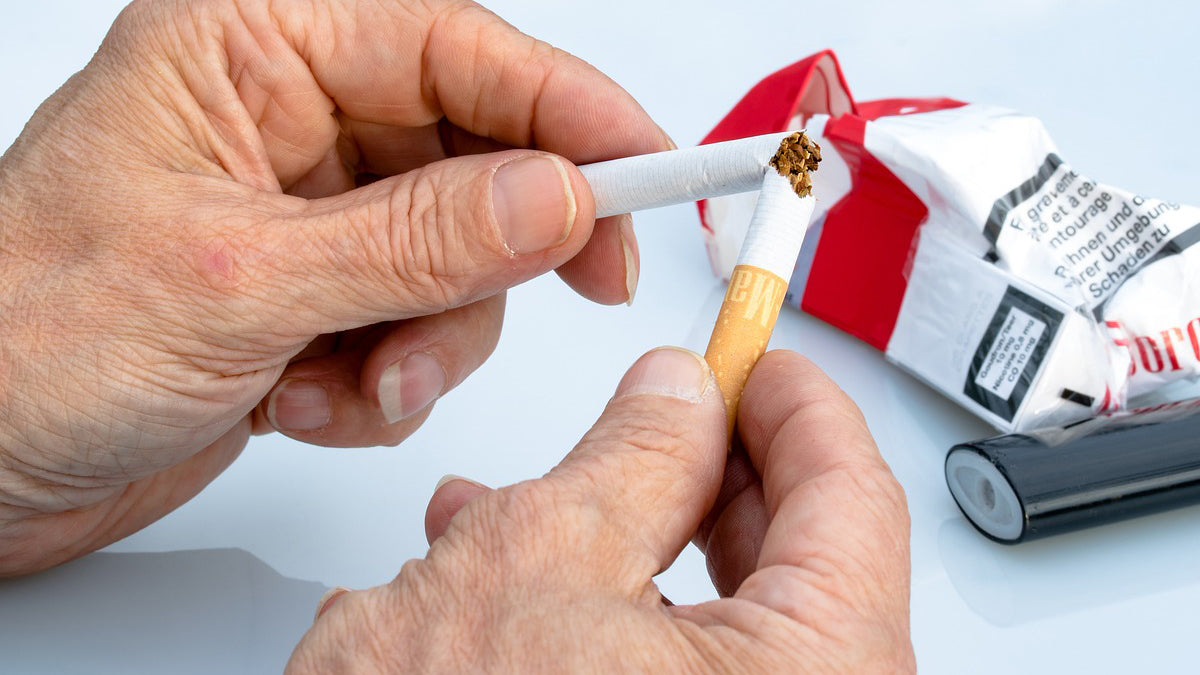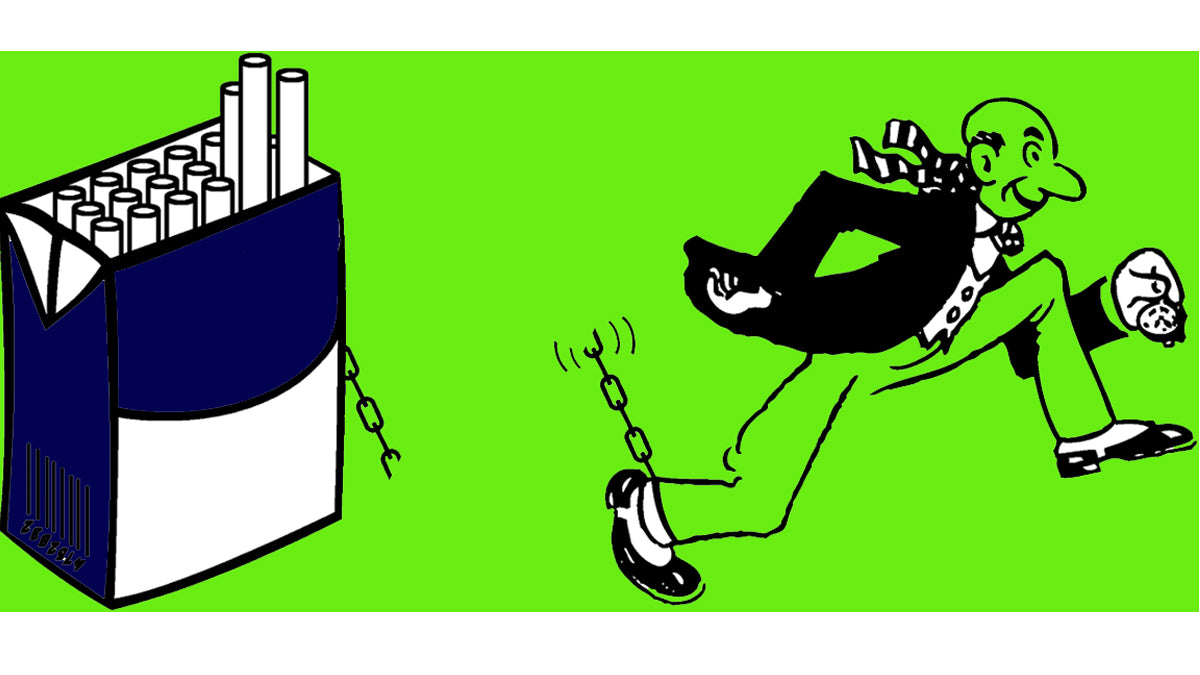Going Cold Turkey: How Your Brain and Body Cope with Nicotine Withdrawal?
Quitting tobacco is a challenging journey, often requiring immense determination and support from loved ones. This article delves into the concept of "going cold turkey" when quitting smoking or chewing tobacco. In this article, we will discover nicotine withdrawal's physical and psychological aspects, how it impacts your body and brain, and provide treasured insights into coping. Additionally, we will speak about the function of nicotine replacement therapy (NRT) in assisting your adventure in the direction of a tobacco-free life.
What is Going Cold Turkey?
Going cold turkey refers to quitting tobacco abruptly, without any gradual reduction in nicotine intake. This method is popular for those seeking a swift transition to a smoke-free life. When individuals decide to Stop Smoking Cold Turkey, they cease tobacco use entirely. However, this technique may be related to excessive withdrawal symptoms and cravings.
The physical symptoms of nicotine withdrawal can vary from person to character but frequently include:
Intense Cravings: Strong cravings for nicotine are a hallmark of cold turkey quitting.
How Going Cold Turkey Affects the Brain and Body?
Nicotine addiction is an elaborated interplay of psychological and physical factors. When tobacco is consumed, nicotine enters your bloodstream into your mind and attaches to the receptors there. This interaction stimulates the release of dopamine, a neurotransmitter related to delight and reward, which offers a sense of delight.
The physical symptoms of nicotine withdrawal can be challenging to navigate for those going cold turkey. As the body and brain adapt to the sudden absence of nicotine, individuals may experience irritability, anxiety, restlessness, difficulty concentrating, and intense cravings. These symptoms directly result from the brain's dependency on nicotine to maintain dopamine levels.
When quitting cold turkey, the brain struggles to adjust to lower dopamine levels, leading to withdrawal symptoms. These physical and emotional symptoms make it challenging for individuals to stay smoke-free. Understanding this science is crucial for those looking to overcome nicotine addiction and successfully navigate the difficult journey of quitting cold turkey.
How Long Does Nicotine Withdrawal Last?
The duration and intensity of nicotine cravings can vary for all and sundry. Generally, cravings start within the first few days of quitting and progressively decrease over the following weeks. After about 3 months, most human beings experience an extensive reduction in cravings. It's essential to be prepared for occasional cravings that may arise even after quitting.
Tips for Coping with Nicotine Withdrawal Cold Turkey
Coping with nicotine withdrawal when going cold turkey can be challenging, but several strategies can help you stay on track:
- Stay Active: Engage in physical activities to combat restlessness and anxiety.
- Seek Support: Lean on friends and family or consider joining a support group for encouragement.
- Practice Relaxation Techniques: Techniques like deep breathing and mindfulness can help manage anxiety.
- Maintain a Healthy Diet: A balanced diet can aid in managing weight gain often associated with quitting.
- Use Nicotine Replacement Therapy (NRT): NRT Products like patches, gum, or lozenges can provide controlled doses of nicotine to ease withdrawal symptoms.
- Set Clear Goals: Define your reasons for quitting and set achievable milestones to stay motivated.
- Avoid Triggers: Identify and avoid situations or stimuli that trigger cravings.
Conclusion
Understanding the science behind going cold turkey whilst quitting tobacco and its effect on your brain and body is vital for a successful journey towards a healthier, tobacco-loose existence. While going cold turkey is a preferred method for a few, it's essential to understand that everybody's adventure is unique. Combining NRT with a comprehensive quitting plan, including support and strategies to manage cravings, increases your chances of successfully breaking free from nicotine addiction. Remember, with determination and support, you can conquer this battle against tobacco addiction.
FAQs on Science Behind Going Cold Turkey
Yes, over time, your brain can recover from nicotine addiction. It will gradually adapt to lower dopamine levels, and the withdrawal symptoms will subside.
Quitting cold turkey consequences in the sudden absence of nicotine, mainly to withdrawal signs like irritability, anxiety, restlessness, difficulty concentrating, and severe cravings.
The length varies among individuals, but most human beings revel in a significant reduction in cravings after approximately three months. The brain continues to recover as time progresses.
Nicotine withdrawal can disrupt sleep patterns, causing insomnia or vivid dreams. This is a temporary effect that typically improves over time.
Common triggers for cravings include stress, social situations, environmental cues (such as seeing others smoke), and emotional states.















